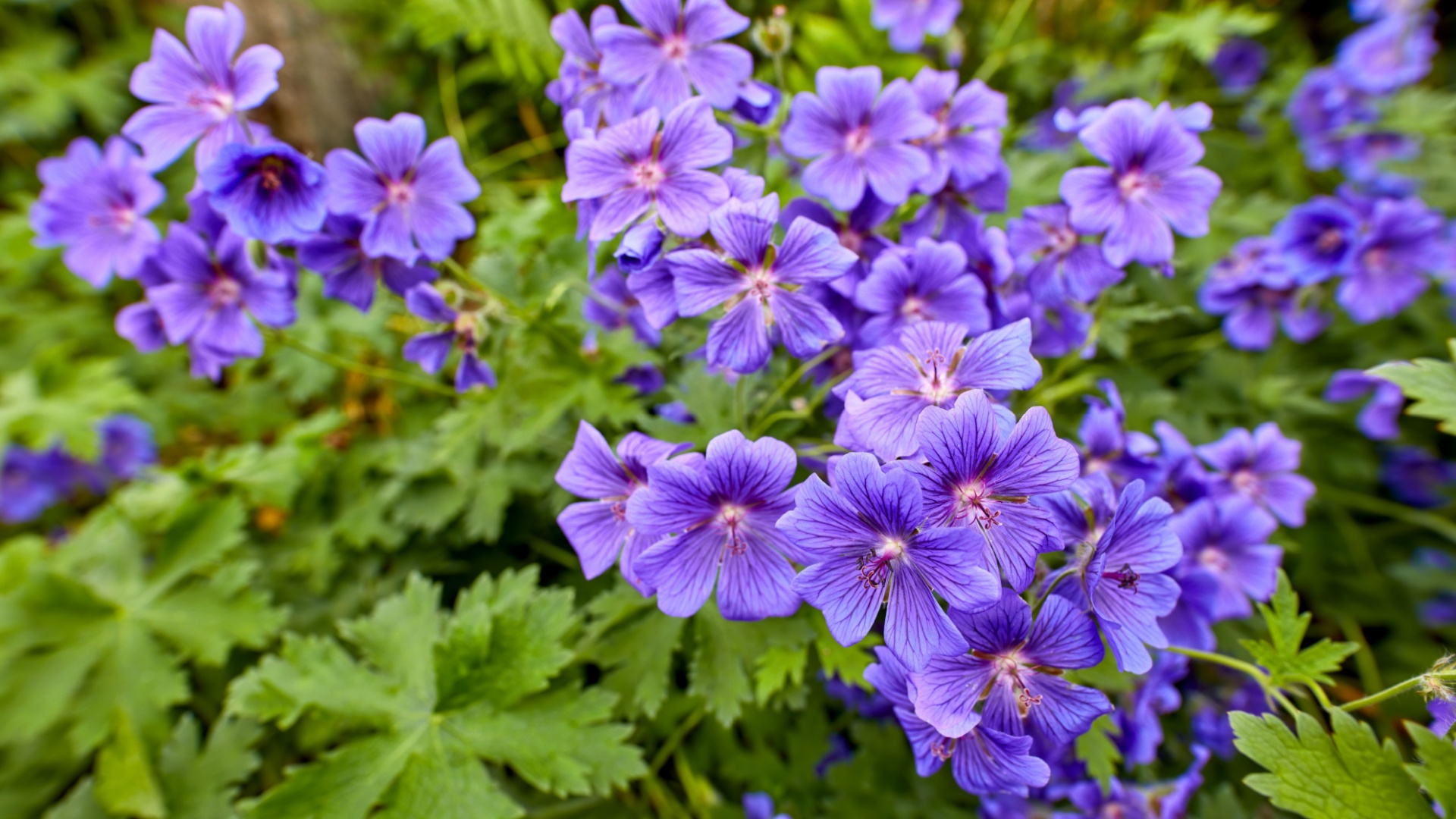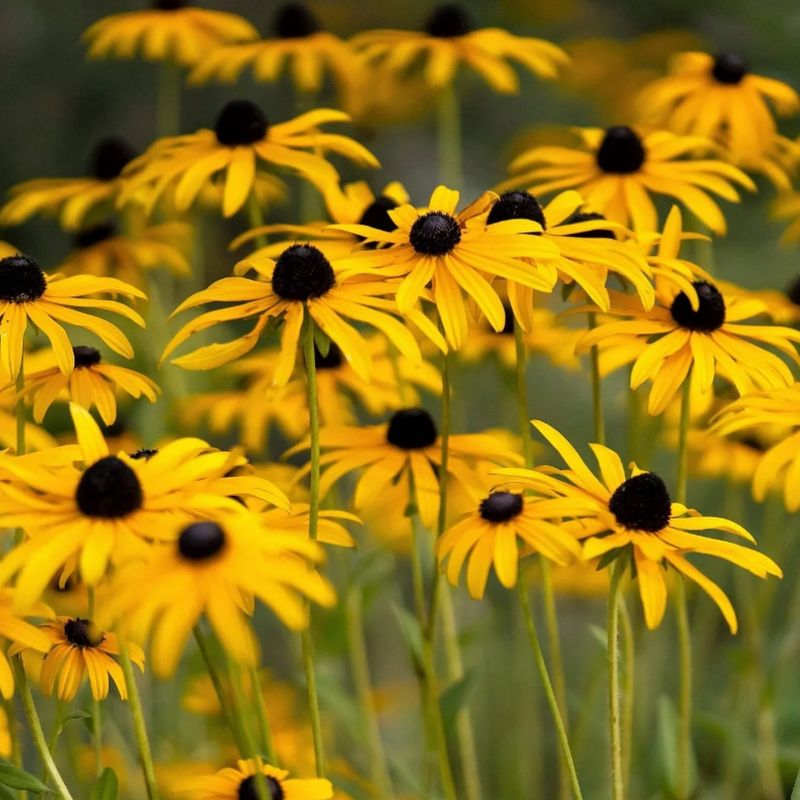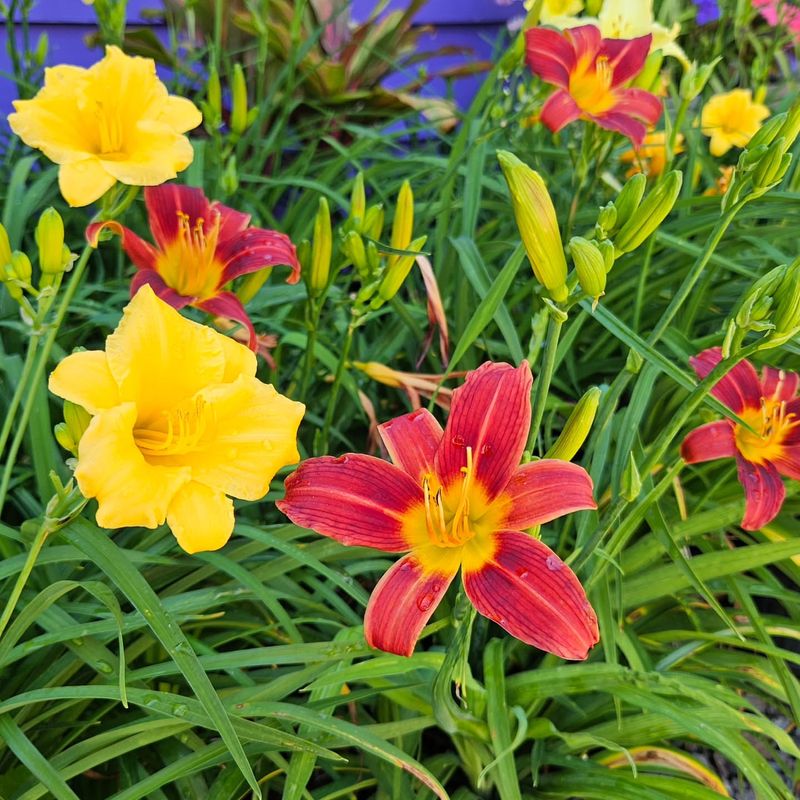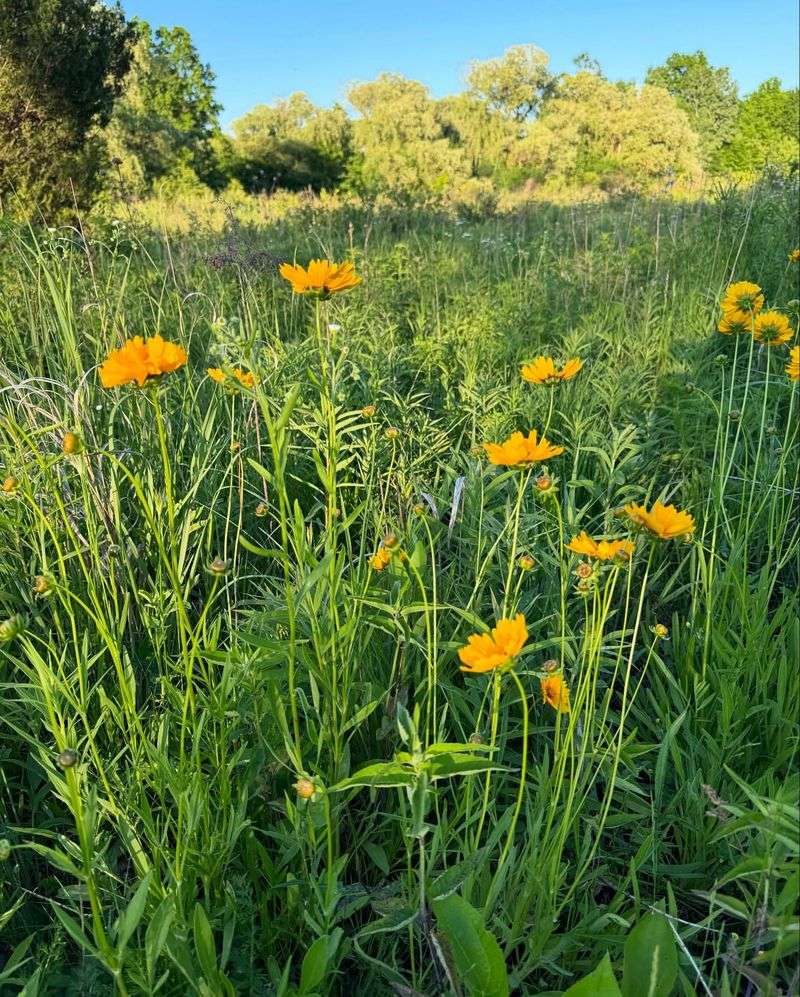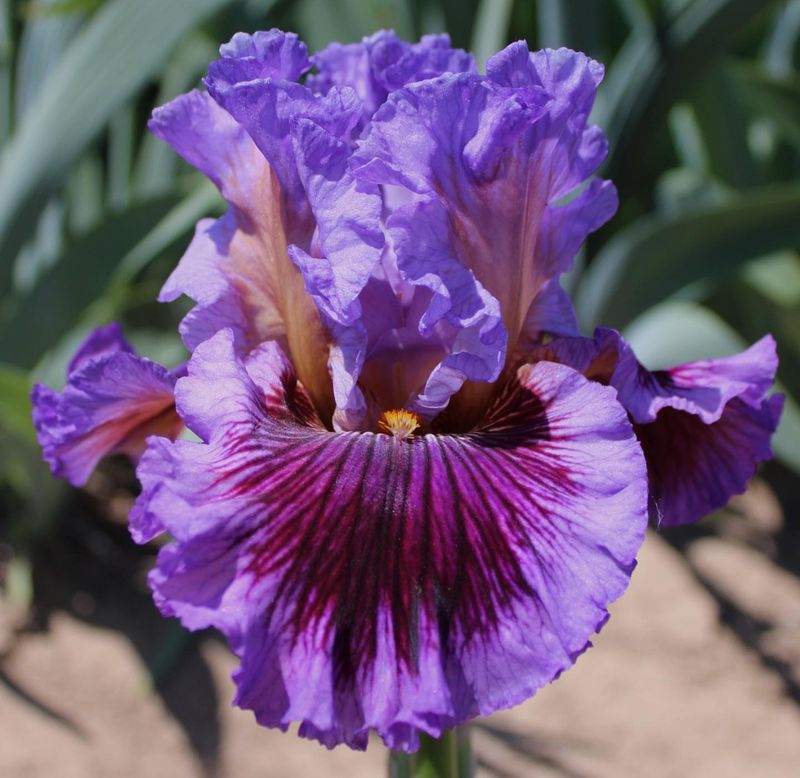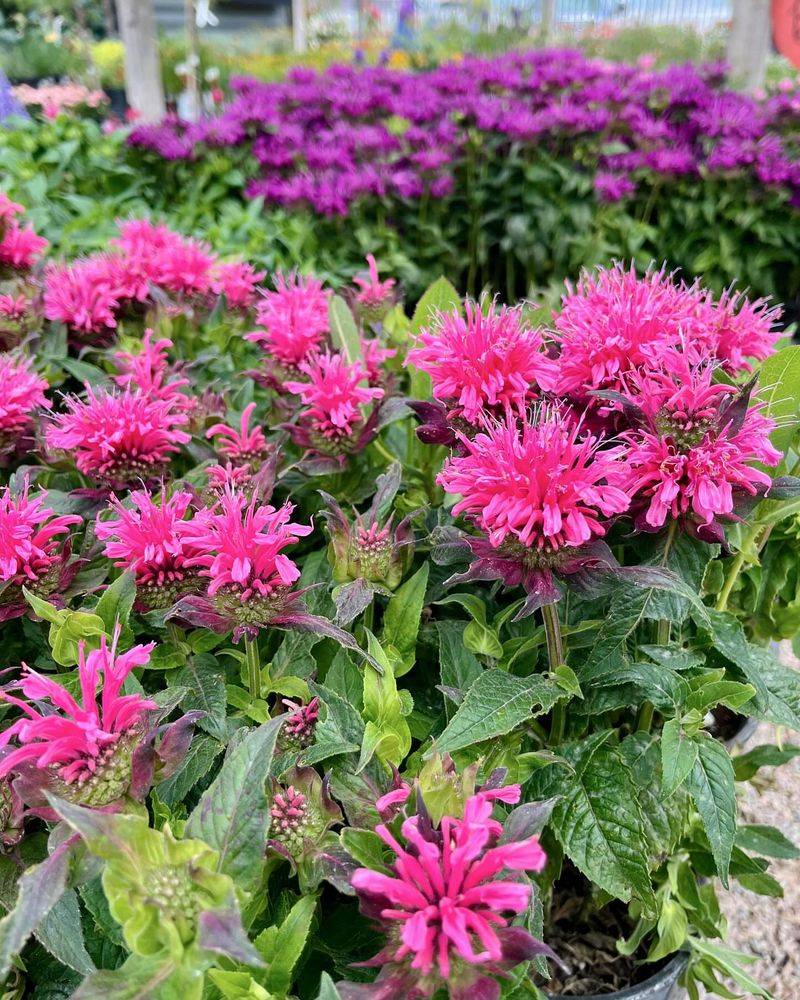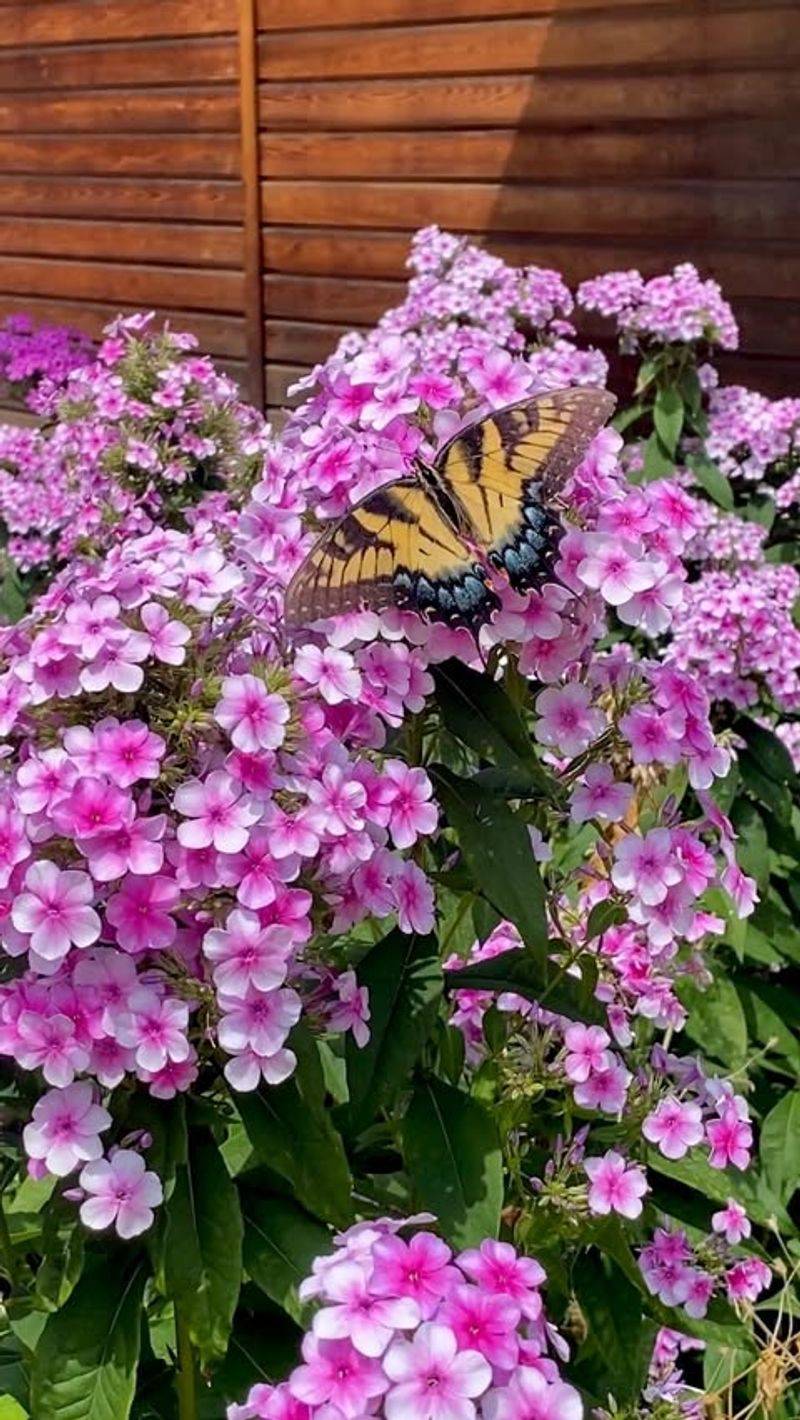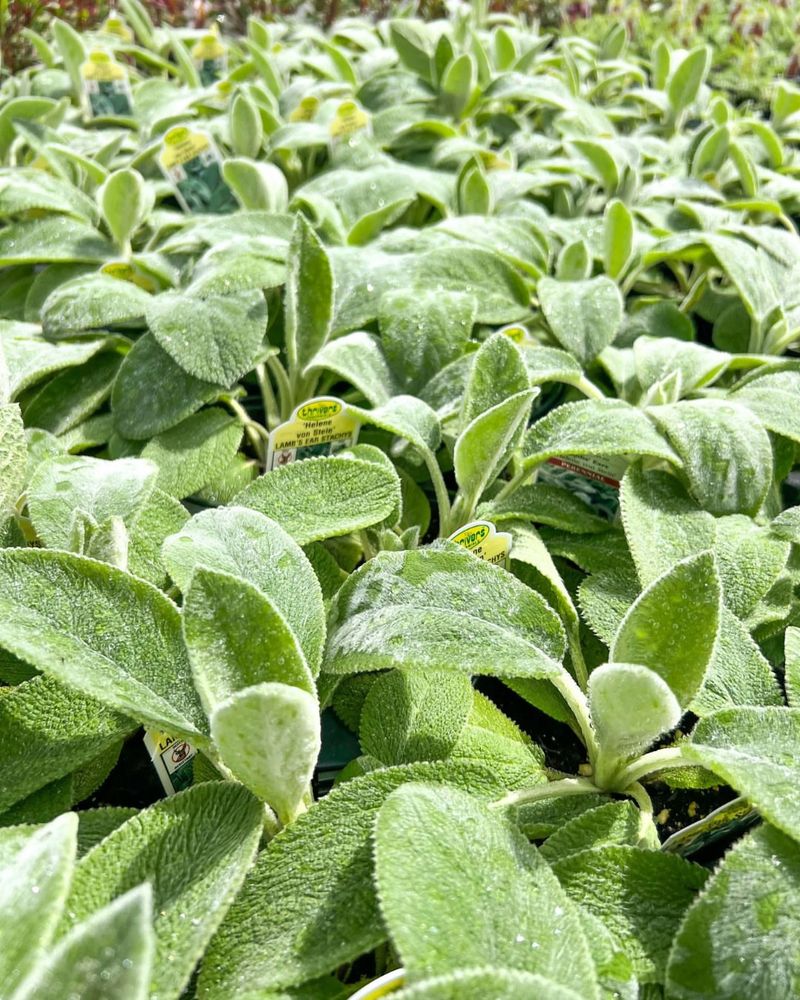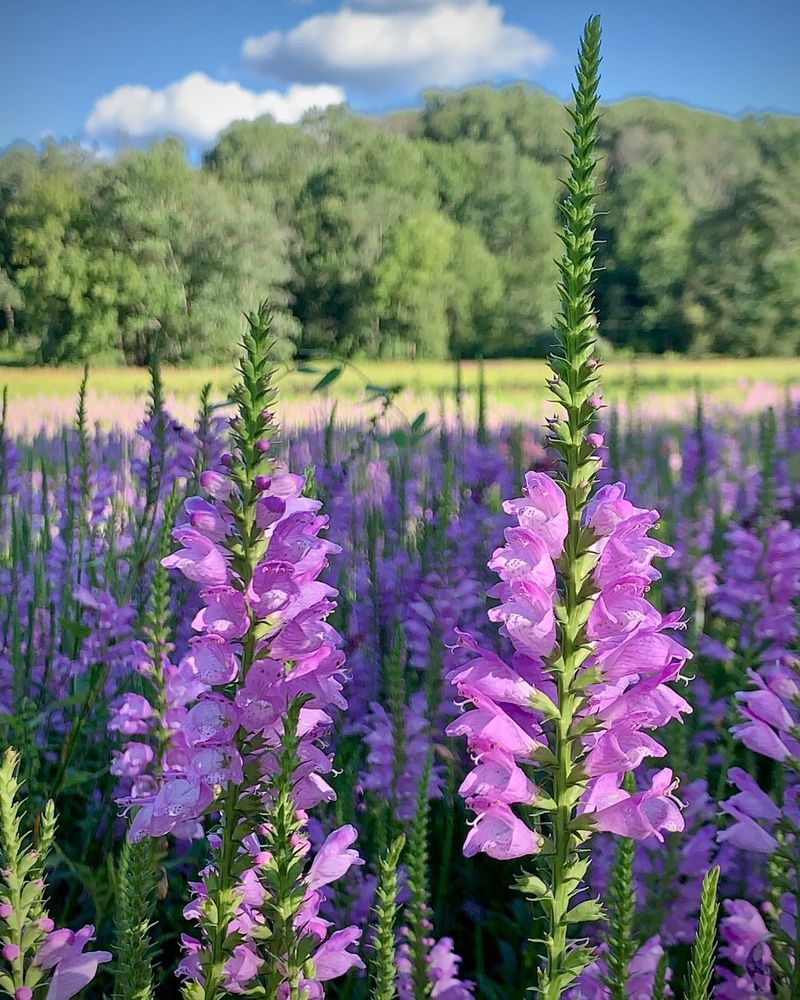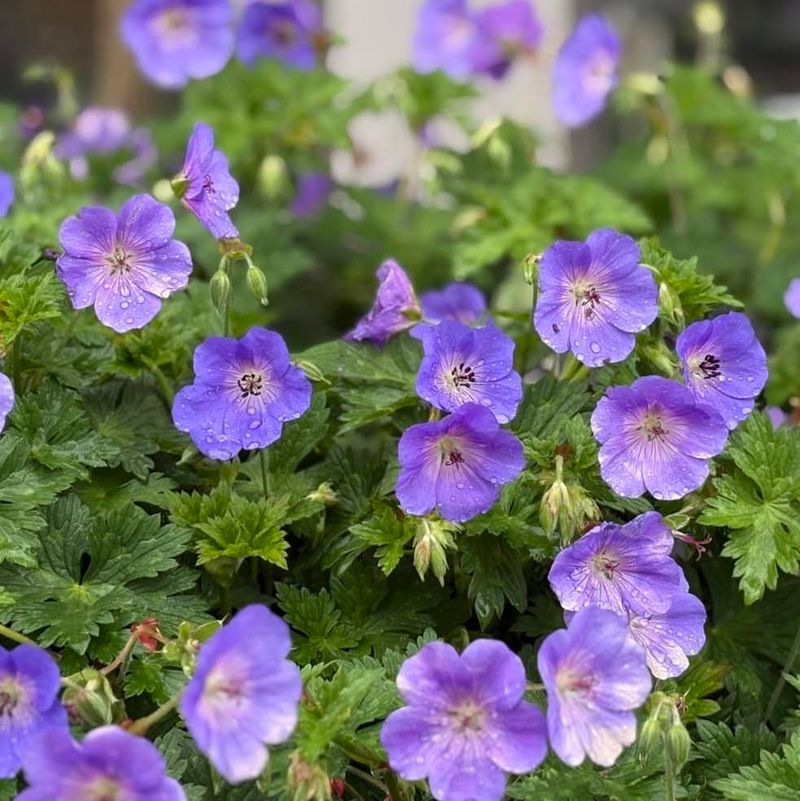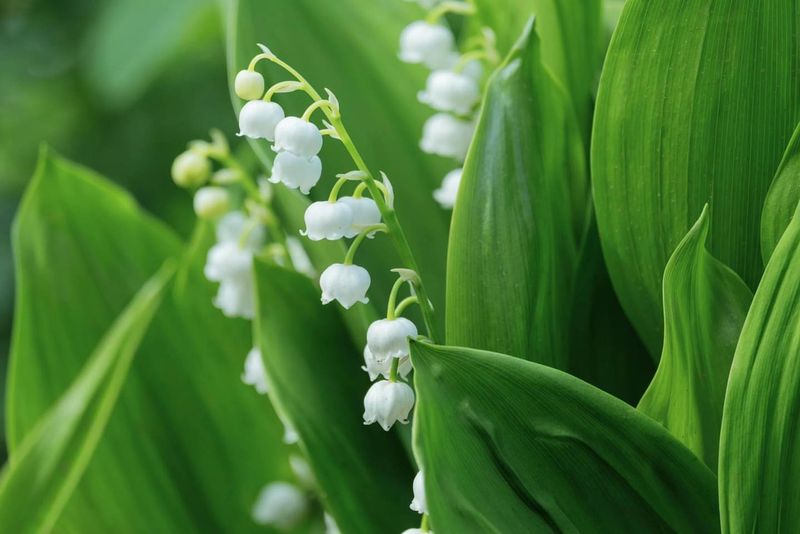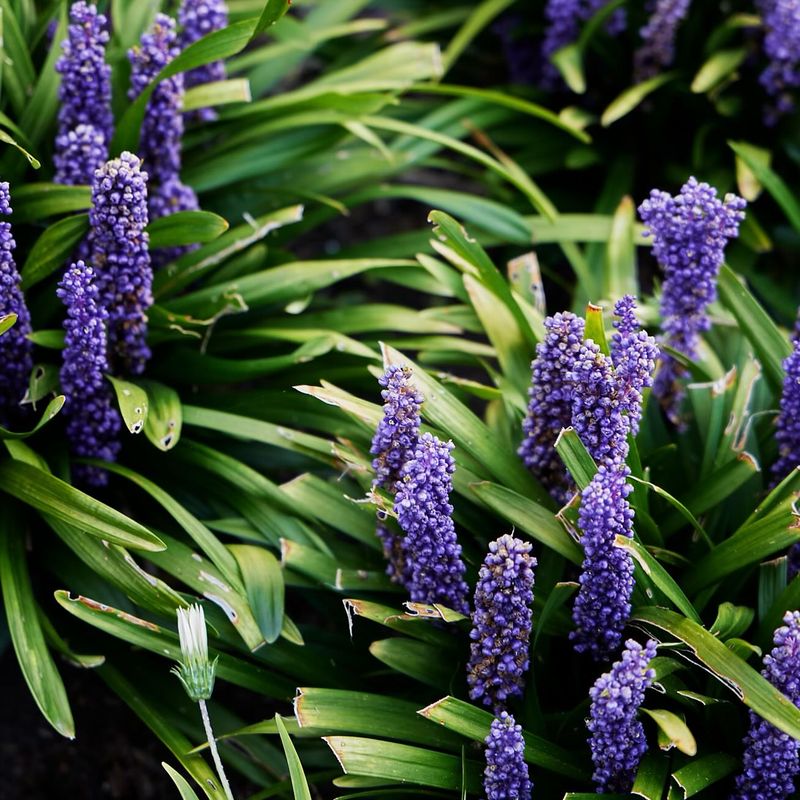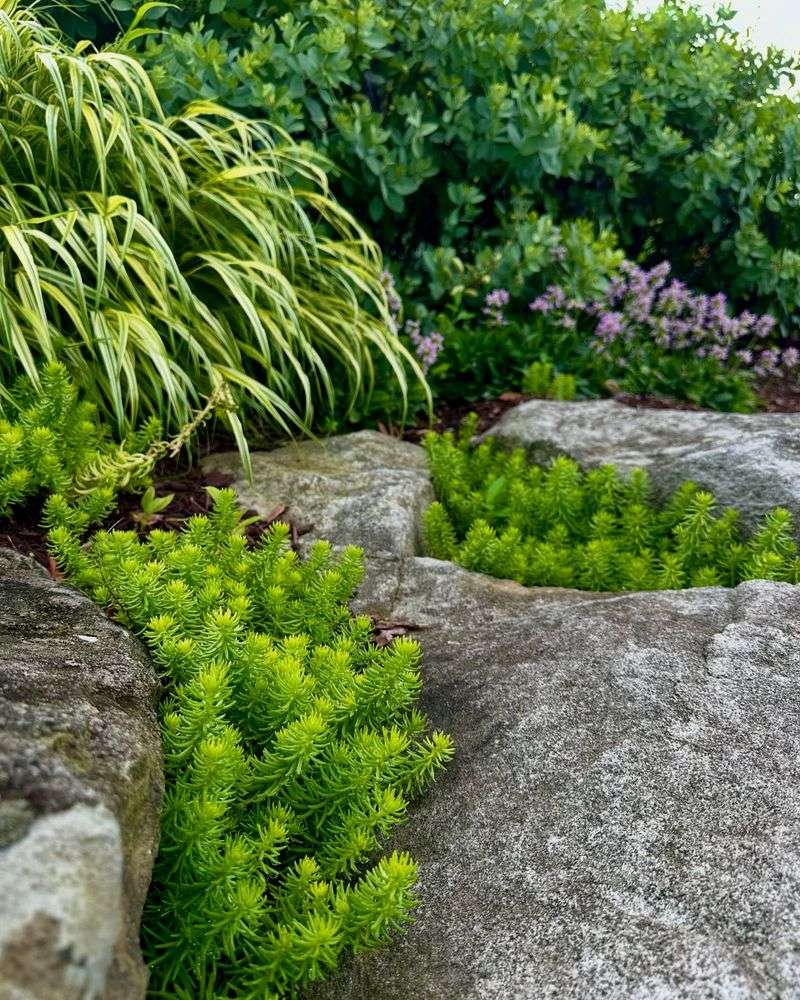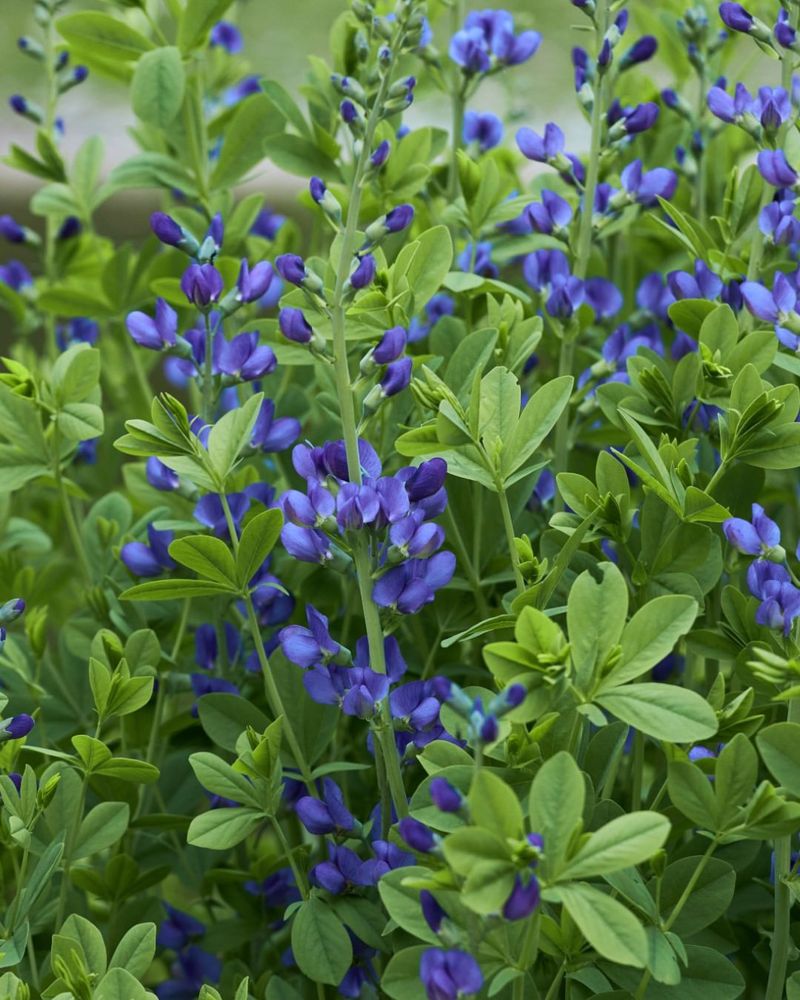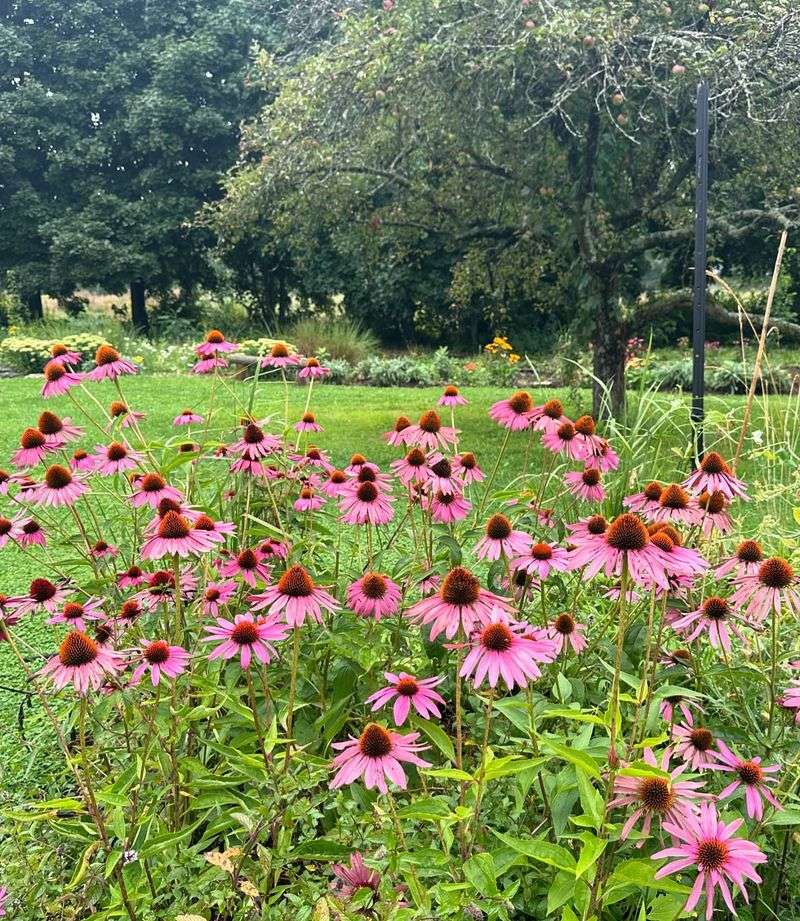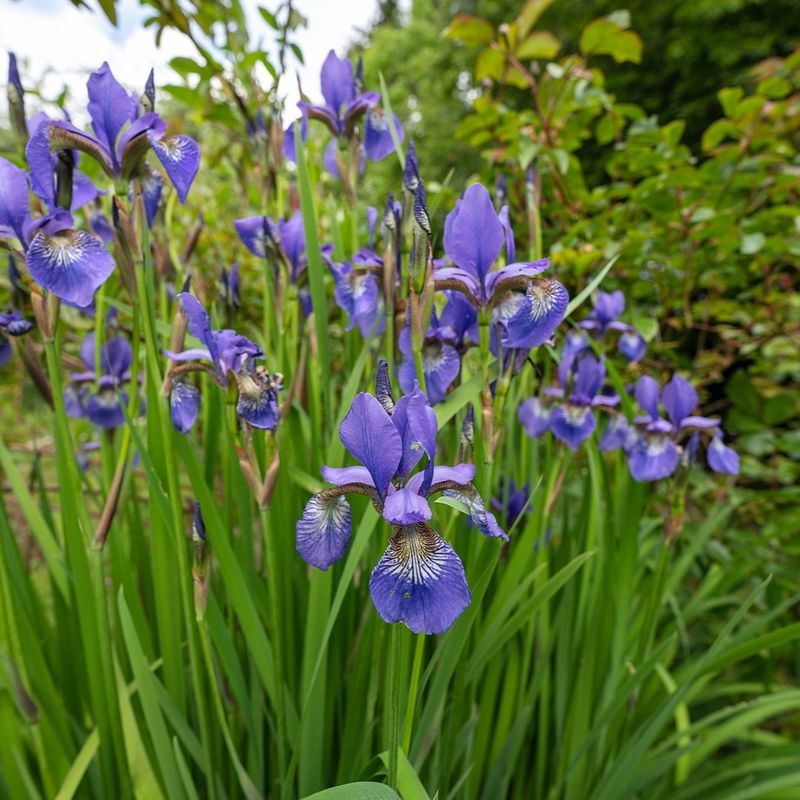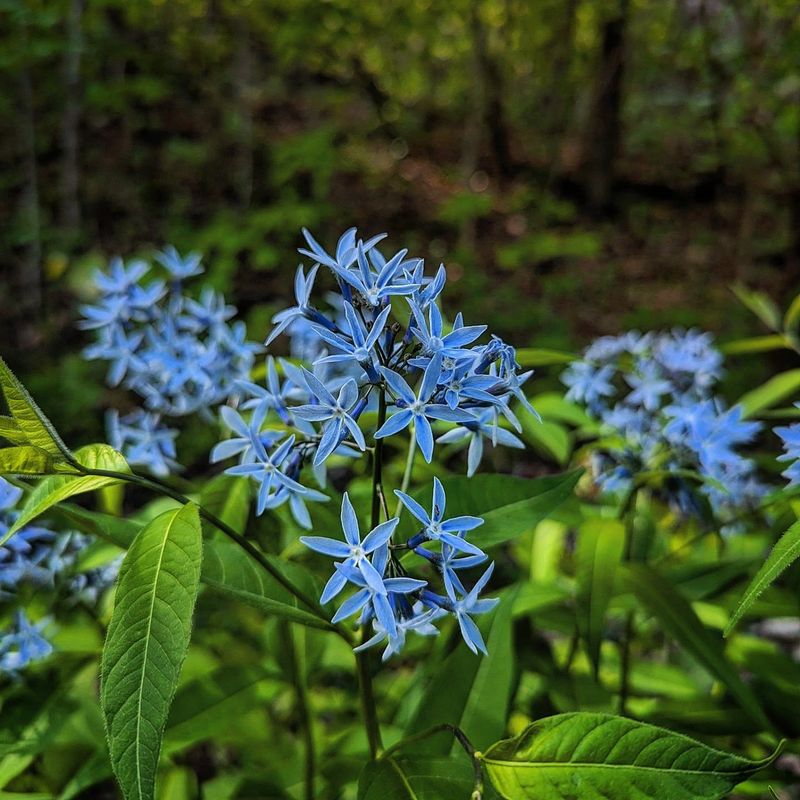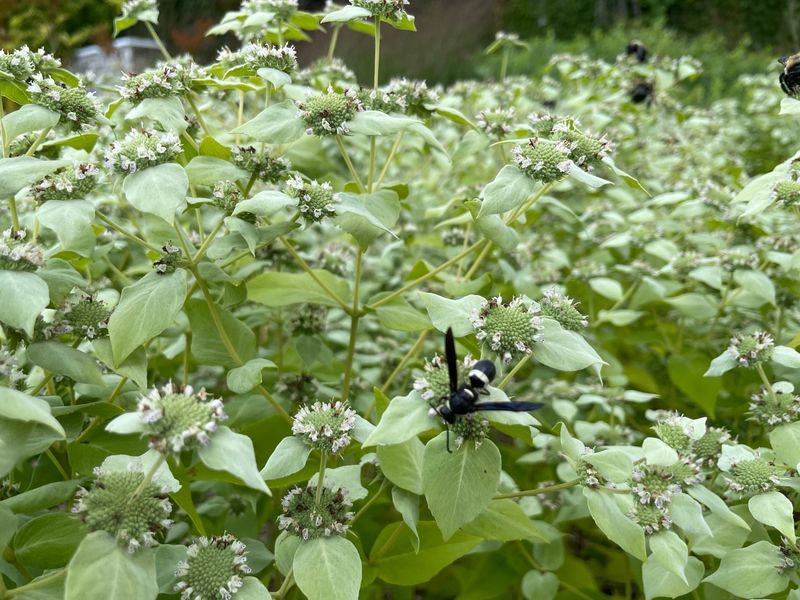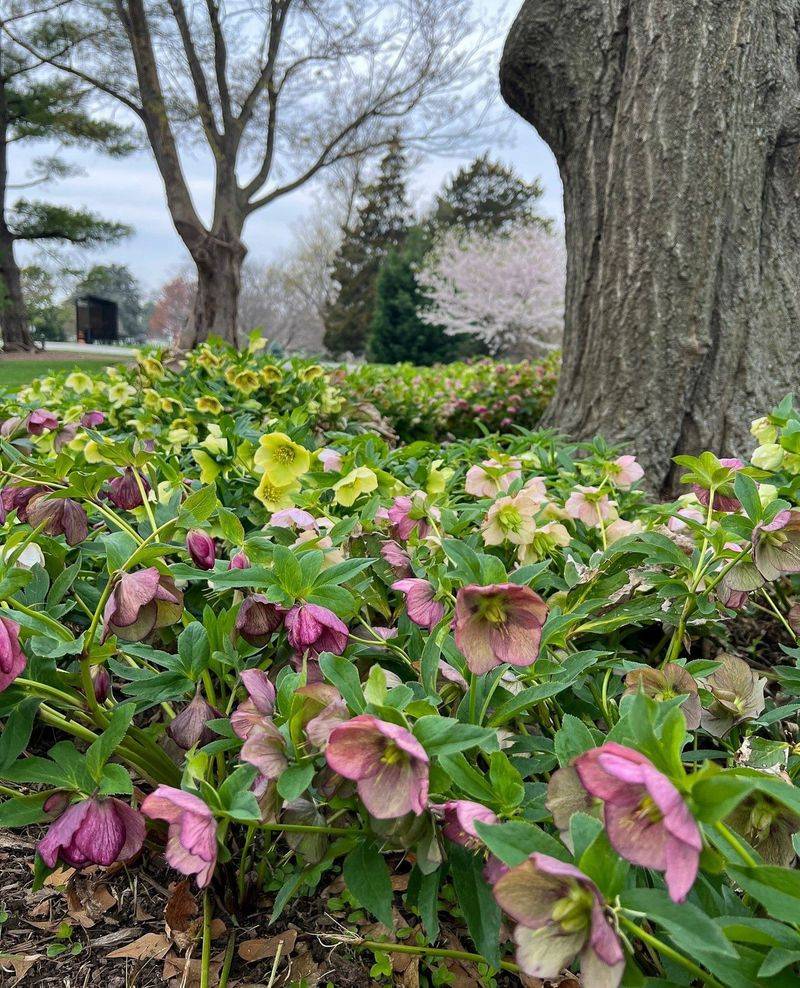Creating a garden that grows bigger and better each year without extra work sounds like a dream, right? In Maryland’s unique climate, certain perennials naturally spread and multiply, giving you more plants for free.
These self-propagating beauties not only save you money but also fill in garden spaces with minimal effort on your part.
1. Black-Eyed Susan
Maryland’s state flower is a champion self-sower! These golden blooms with dark centers spread readily through seeds that fall to the ground after flowering.
In just a couple of seasons, a few plants can create a magnificent golden colony. They thrive in Maryland’s hot summers and can handle periods of drought once established.
Perfect for sunny borders or meadow gardens, these native beauties attract butterflies and provide fall seeds for birds.
2. Daylilies
Nicknamed ‘the perfect perennial,’ daylilies form expanding clumps that can be divided every few years. Their fleshy roots multiply underground, creating new fans of foliage and more flowering stems.
Available in countless colors beyond the common orange roadside variety, these tough plants handle Maryland’s clay soils with ease. Each bloom lasts just a day, but plants produce many buds on each stem.
Even beginners find success with these virtually indestructible plants.
3. Coreopsis
Sunny yellow Coreopsis creates its own little colony through both underground runners and seed dispersal. The threadleaf varieties are especially prolific in Maryland gardens.
Butterflies can’t resist these daisy-like blooms that appear from early summer through fall if deadheaded regularly. Their fine-textured foliage provides a lovely contrast to broader-leaved plants.
Drought-tolerant once established, these native perennials need minimal care while providing maximum garden impact.
4. Bearded Iris
Those distinctive horizontal roots called rhizomes are the secret to how bearded iris multiply. Each year, new rhizomes grow from the original, creating an expanding clump of these dramatic spring bloomers.
Maryland gardeners love their sword-like foliage that provides structure even when not in bloom. Available in nearly every color imaginable, these May-flowering beauties create quite a show.
Plant rhizomes just at soil level for best results and divide every 3-4 years.
5. Bee Balm
Hummingbirds zoom straight to these shaggy-headed blooms! Bee balm spreads by underground stems called stolons, gradually expanding its territory each year.
The aromatic foliage smells minty when brushed against, adding sensory appeal to Maryland gardens. Native varieties handle our hot, humid summers better than imported cultivars.
Plant in areas with good air circulation to prevent powdery mildew, which can be an issue in Maryland’s humidity.
6. Phlox
Garden phlox creates clouds of fragrant blooms that perfume Maryland gardens in mid-summer. The tall varieties spread slowly through underground stems while also self-seeding modestly.
Their sweet scent intensifies in the evening, making them perfect near patios or windows. Choose mildew-resistant varieties to combat Maryland’s humidity challenges.
Creeping phlox, their ground-hugging cousin, spreads more aggressively, creating spring carpets of pink, purple, or white flowers.
7. Lamb’s Ear
Kids can’t resist touching the velvety soft, silvery leaves of this garden favorite! Lamb’s ear multiplies by sending out short runners that root where they touch the soil.
This drought-tolerant perennial thrives in Maryland’s hot summers and poor soils. Its fuzzy texture and silver color provide wonderful contrast to green-leaved plants.
Some varieties produce tall purple flower spikes that attract bees, while others stay as ground-hugging rosettes of touchable foliage.
8. Obedient Plant
Don’t let the name fool you! While the individual flowers obediently stay put when pushed to the side (a fun garden trick), the plant itself spreads enthusiastically through underground runners.
Tall spikes of pink or white flowers appear in late summer when many other perennials have finished blooming. Native to eastern North America, it’s perfectly adapted to Maryland’s growing conditions.
Give it room to roam or plant in containers to control its spreading habit.
9. Hardy Geranium
Nothing like their annual cousins, these tough perennials form expanding mounds of deeply cut foliage topped with delicate flowers. Some varieties self-seed enthusiastically while others spread through slowly expanding rootstocks.
Geranium ‘Rozanne’ blooms for months in Maryland gardens, while native Geranium maculatum thrives in woodland settings. Their varied heights work in both borders and as ground covers.
Most perform equally well in sun or partial shade, making them versatile garden problem-solvers.
10. Lily of the Valley
Those sweetly scented bells of spring spread rapidly through underground rhizomes, forming dense colonies in shady Maryland gardens. One small planting can become a fragrant groundcover in just a few seasons.
Perfect for difficult dry shade areas under trees where other plants struggle. The glossy green leaves look attractive all season long, even after the flowers fade.
Keep in mind that all parts are poisonous, so plant away from children’s play areas and vegetable gardens.
11. Liriope
Known as monkey grass or lilyturf, this tough-as-nails perennial gradually forms expanding clumps of grass-like foliage. Purple or white flower spikes appear in late summer, followed by black berries.
Maryland gardeners appreciate its ability to thrive in both sun and shade. It handles road salt, drought, and poor soil with equal aplomb.
Use as an edging plant along walkways or as a ground cover on difficult slopes where it will slowly fill in over time.
12. Sedum
Low-growing varieties like ‘Dragon’s Blood’ spread by creeping stems that root wherever they touch soil, creating living carpets of succulent foliage. The upright types form expanding clumps that can be divided.
Their drought tolerance makes them perfect for Maryland’s occasional dry spells. Fall-blooming varieties provide late-season nectar for butterflies preparing for migration.
Many change foliage color with the seasons, adding year-round interest to rock gardens or border edges.
13. Ajuga
Also called bugleweed, this rapid spreader creates dense mats of evergreen foliage in shades of green, bronze, or purple. In spring, spikes of blue flowers rise above the leaves, attracting early pollinators.
It fills in quickly between stepping stones or under trees where grass won’t grow. Maryland gardeners value its ability to choke out weeds while tolerating poor soil conditions.
Some varieties have crinkled or variegated foliage for added visual interest throughout the year.
14. Baptisia
False indigo starts slowly but develops into magnificent shrub-like clumps over time. Though it doesn’t spread aggressively, each plant grows larger year after year, eventually reaching 3-4 feet in height and width.
Spring brings spikes of blue, yellow, or white pea-like flowers that resemble lupines. The blue-green foliage looks fresh all summer in Maryland gardens.
Seed pods turn black and rattle in fall breezes, adding winter interest to the landscape.
15. Echinacea
Purple coneflowers self-sow readily, creating natural-looking drifts in Maryland gardens. Newer varieties in sunset colors also multiply, though sometimes at a slower rate than the native purple.
Their daisy-like flowers with raised centers bloom for weeks in summer heat. Leave the seed heads standing through winter – goldfinches and other birds will thank you by visiting regularly.
Deep taproots help these native plants survive drought conditions that sometimes plague Maryland gardens in late summer.
16. Siberian Iris
Unlike their bearded cousins, Siberian iris form expanding clumps of grass-like foliage topped with elegant, smaller blooms in late spring. The rootstock gradually spreads outward, creating larger and larger clumps.
Maryland gardeners appreciate their tolerance of both wet and dry conditions once established. Their vertical form adds architectural interest to garden borders.
After several years, divide congested clumps in early fall to maintain vigorous growth and flowering.
17. Amsonia
Commonly called bluestar, this native perennial forms slowly expanding clumps of willow-like foliage. Soft blue star-shaped flowers cover the plants in spring, creating a delicate cloud of color.
Fall brings spectacular golden-yellow foliage that lights up Maryland gardens. Plants grow larger each year but aren’t aggressive spreaders.
Drought-tolerant once established, they’re perfect for those hot, dry spots where other perennials struggle during Maryland’s summer heat waves.
18. Yarrow
Flat-topped clusters of tiny flowers in white, yellow, pink, or red top ferny foliage that spreads steadily through underground rhizomes. Some varieties also self-seed, creating colorful colonies.
Maryland gardeners love yarrow’s drought tolerance and long bloom time. The flowers dry beautifully for arrangements – simply hang bunches upside down in a dark, dry place.
Butterflies flock to the flower heads while deer and rabbits typically leave the aromatic foliage alone.
19. Mint Family Plants
From actual mint to catmint, mountain mint, and bee balm, members of the mint family are champion spreaders in Maryland gardens. Their square stems and aromatic foliage are identifying features of this prolific plant family.
Most spread through underground runners that can quickly colonize large areas. Many attract beneficial insects with their nectar-rich flowers.
Plant in contained areas or sink pot-grown plants into the garden to control their enthusiastic growth habits.
20. Hellebores
Winter-blooming hellebores brighten Maryland’s late winter landscape with nodding flowers in shades of white, pink, purple, and green. They spread primarily through self-seeding, creating diverse colonies over time.
Deer-resistant and shade-loving, they’re perfect under deciduous trees. Their leathery evergreen foliage provides year-round structure in woodland gardens.
Seedlings may not match parent plants exactly, creating interesting color variations that add to their charm.

